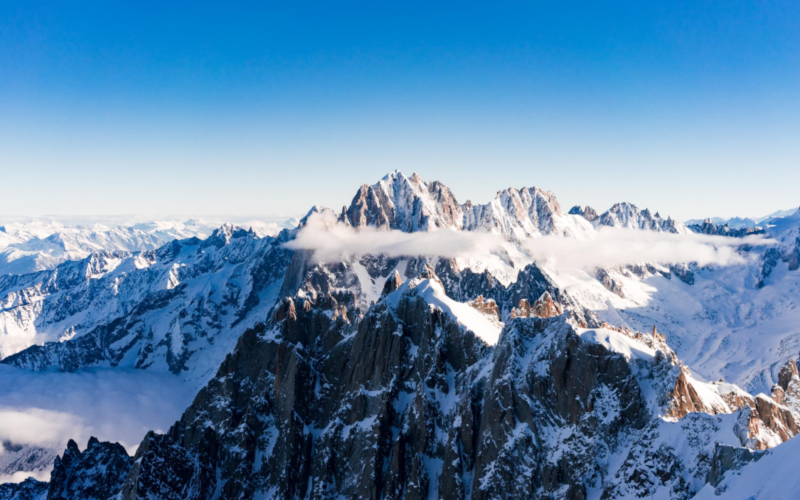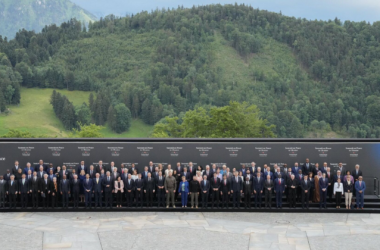France’s iconic Mont Blanc, the tallest mountain in Western Europe, is experiencing a notable reduction in its peak’s height. Recent measurements have revealed that Mont Blanc now stands at 4,805.59 meters (15,766.4 feet), marking a decrease of 2.22 meters compared to its height in 2021. This phenomenon has drawn attention to the potential role of climate change in shaping the future of the Alps.
Mont Blanc, located in the southeast region of France, has long been celebrated for its majestic height and breathtaking beauty. However, the mountain’s stature is undergoing a subtle transformation. Chief geometer Jean des Garets has observed that the recent reduction in Mont Blanc’s height could be attributed to lower rainfall levels experienced during the summer season.
Mont Blanc’s height is monitored at regular intervals, with measurements taken every two years. This ongoing assessment aims to provide valuable insights into the effects of climate change on the Alpine region. The gradual shrinking of Mont Blanc serves as a stark reminder of the environmental changes occurring in this iconic mountain range.
Climate change has been a significant concern for the Alpine region, impacting not only Mont Blanc but also the entire ecosystem. Rising temperatures, reduced snowfall, and altered precipitation patterns are contributing to the transformation of this cherished natural landmark. As Mont Blanc loses some of its stature, it underscores the urgent need for global efforts to address climate change and protect the world’s precious natural wonders.
The recent revelation of Mont Blanc’s shrinking height is a poignant reminder of the far-reaching consequences of climate change. This revered mountain’s gradual reduction serves as a call to action for collective efforts to combat global warming and preserve the pristine beauty of our natural landscapes. As scientists and environmentalists continue to monitor the evolving state of Mont Blanc and the Alps, it is imperative that we prioritize sustainable practices to safeguard these precious natural treasures for generations to come.








